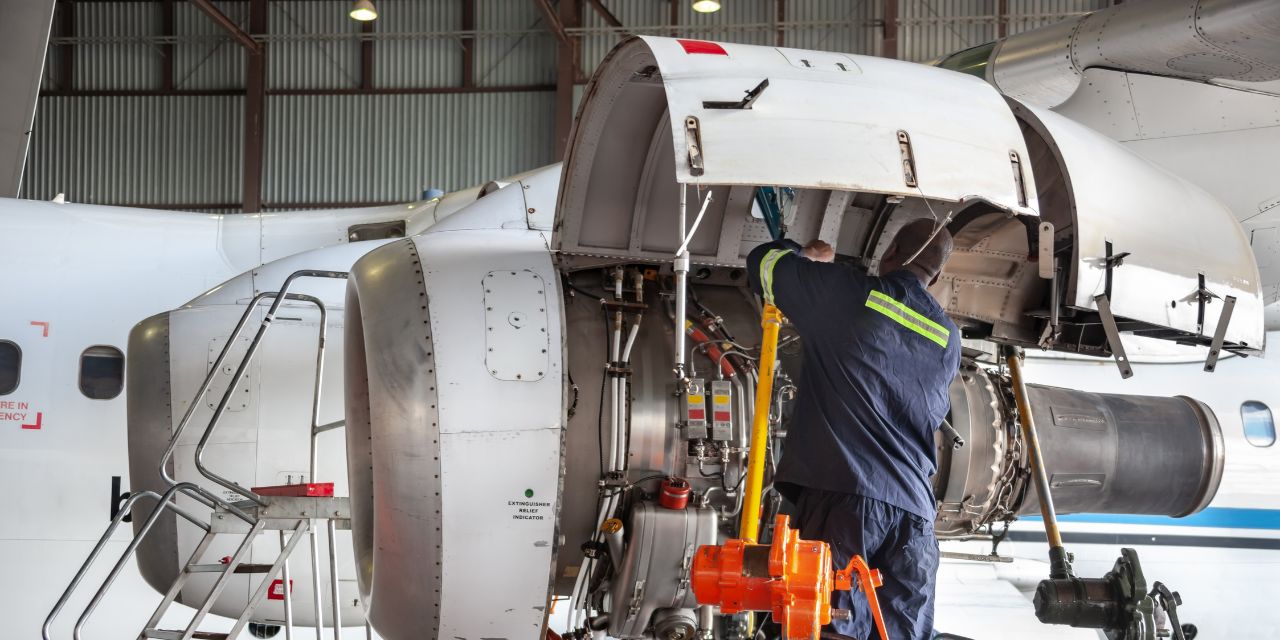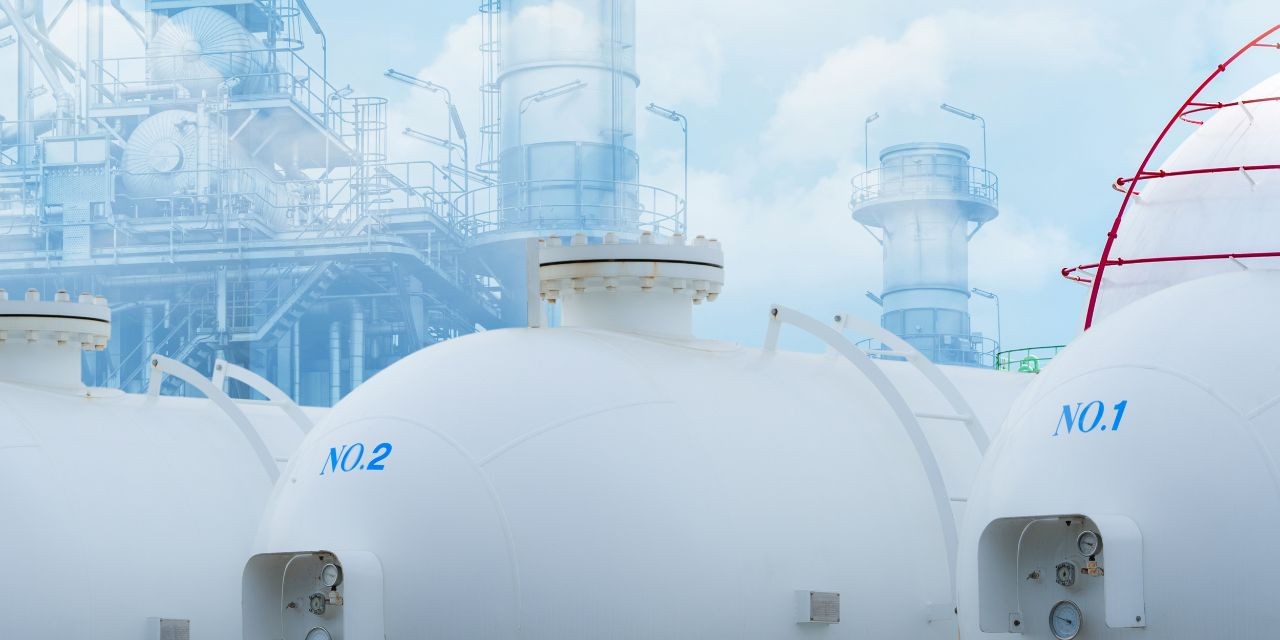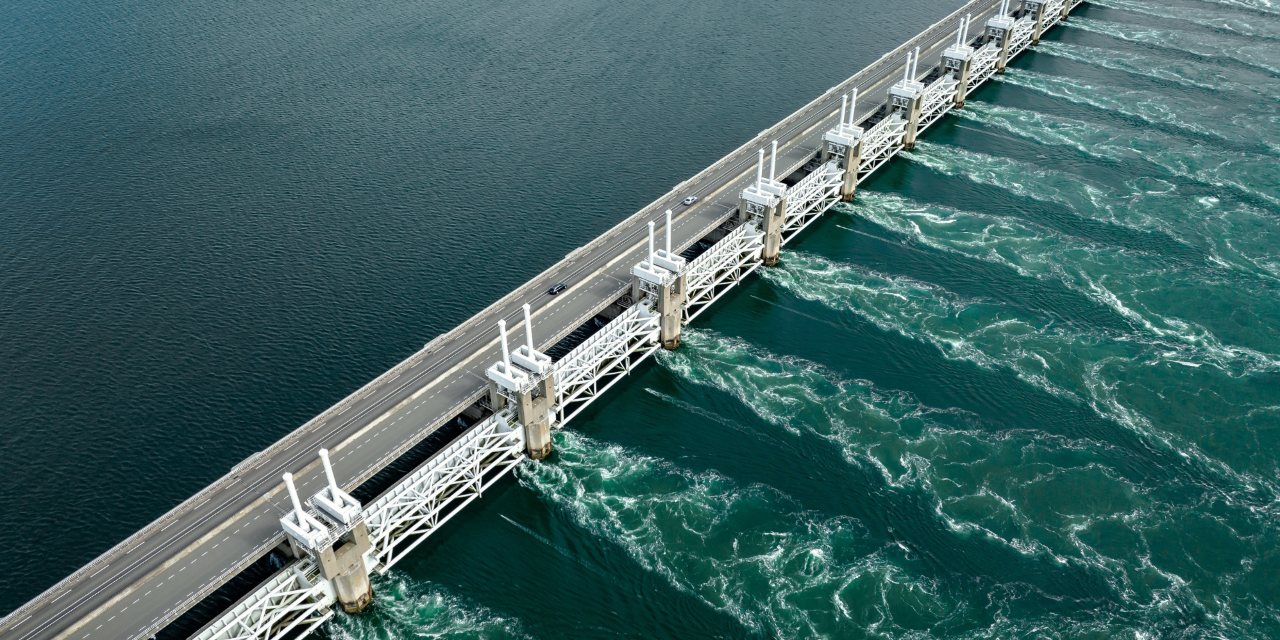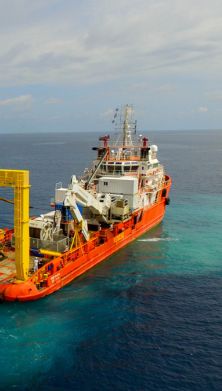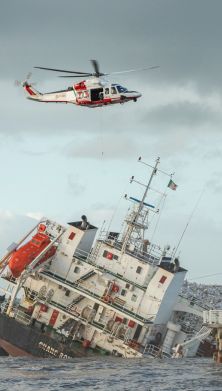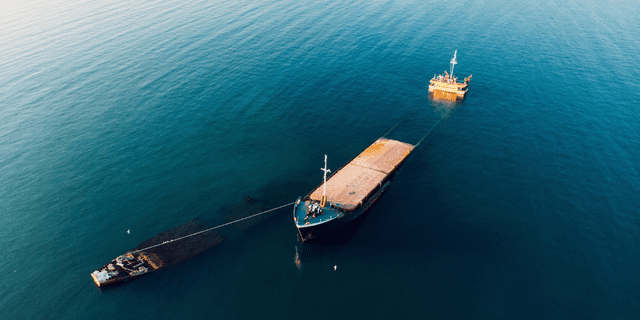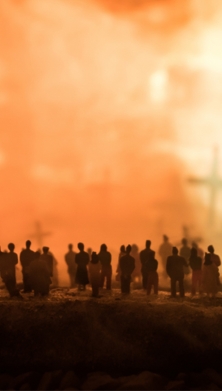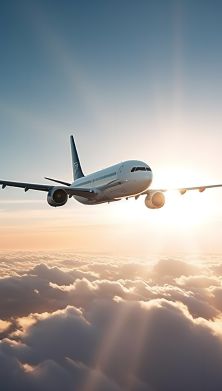This article is part of the Aviation Outlook 2024
Impact of a shift in attritional aviation claims: Hard landings; bird strikes; runway and ground handling incidents; supply chain challenges; labor challenges; increased repair costs; and Constructive Total Loss (CTL) thresholds being reached sooner are all driving claims costs upwards.
Collision / crash incidents account for over half the value of all aviation insurance claims (63%) by value and one-third (33%) by number, according to analysis of more than 30,000 industry claims with a value of €14bn (US$15.1bn) over the past five years. Such incidents do not just include major crashes. They also incorporate events like hard landings, bird strikes and runway incidents.
Faulty workmanship / defective product is the second top cause of claims by value and by frequency while natural catastrophes (including turbulence) rank third by value of claims. Travel issues (including property damage, personal injury, baggage claims, lost/stolen goods etc.) rank third by number. Other top causes of claims include fire and slip and fall incidents.
There has been a significant increase in aircraft repair costs in recent years, driven by higher labor rates and the cost of aircraft parts, among other factors, such as inflation. The shift to next generation aircraft continues to impact claims, especially when it comes to engine disassembly and repair costs. Claims costs related to certain aircraft spare parts have increased by 10% to 15% over the last few years, which has resulted in a greater number of aircraft being deemed CTLs than in the past.
Supply chain challenges continue. Delivery times for mechanical and avionic components are challenging and unpredictable for all involved: insured clients, maintenance, repair and overhaul operations, and insurers, driving up the cost of claims. Maintenance and repair capacity resources are dwindling across the UK, Europe, and the US.
Runway excursions are trending higher than in 2023 with at least 23 incidents reported globally from January through May 2024. The causes are varied, including weather issues and technical problems. Most incidents primarily involve aircraft hull damage.
There has also been a noticeable rise in ground handling claims at large airports worldwide, including towing, fueling, catering and wheelchair services related to commercial aircraft operations, as well as vehicle collisions on the tarmac. Pandemic-related layoffs have resulted in new hires and less experienced employees in some cases, contributing to these claims.
Over the past year or so, Allianz Commercial has also witnessed a shift in certain types of ‘everyday’ claims being lodged by commercial airline passengers. For example, claims that were once prevalent and in the news, such as ‘air rage’ claims after the pandemic, and claims involving animals onboard aircraft, have now dwindled.
The growing shortage of aircraft mechanics may impact future claims activity. An obvious concern is that the shortfall ultimately leads to an accident, despite the systems of checks and balances in place in the industry. It may take longer to complete repairs if vendors lack manpower, or efficiency. Further, if a mechanic does not have the ability to repair a part, it will need to be replaced with a new one, which typically is more costly.
A growing demand for helicopter sightseeing trips and getaways, including ‘heli-skiing’, ‘heli-fishing,’ or ‘heli-hiking’ trips, are also impacting claims activity, primarily in North America but there have also been cases in Europe and Asia. Examples includes crashes, hull damage and injury.
Top causes of aviation claims by value globally
Claims total includes share of other insurers in addition to Allianz Commercial.
